Description
Books molecular view of physical chemistry, contemporary applications, student friendly pedagogy, and strong problem-solving emphasis make it particularly well-suited for pre-meds, engineers, physics, and chemistry students.
Now organized into briefer, more manageable topics, and featuring additional applications and mathematical guidance, the new edition helps students learn more effectively, while allowing instructors to teach the way they want.
View more
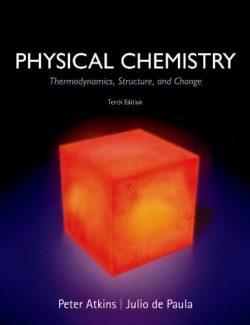
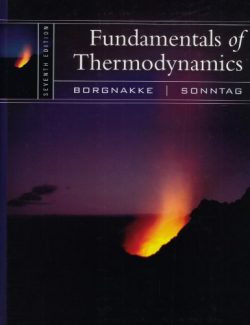
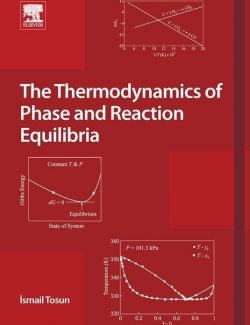
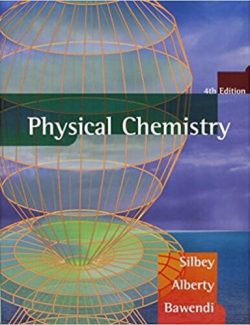
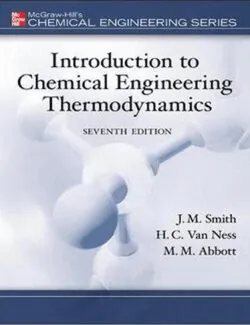
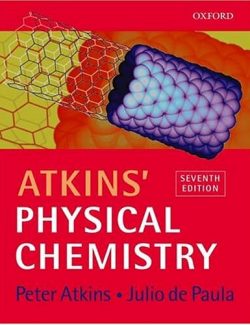
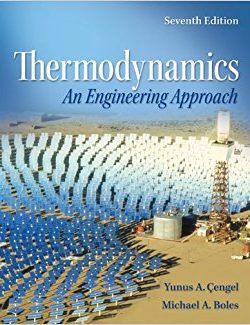
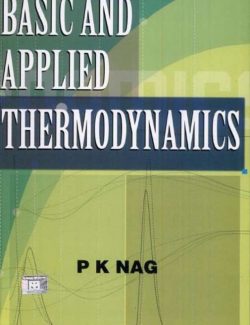
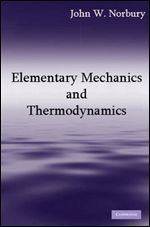
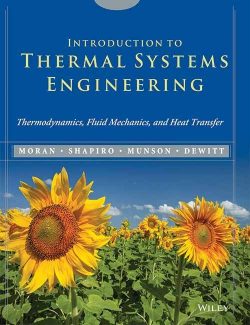
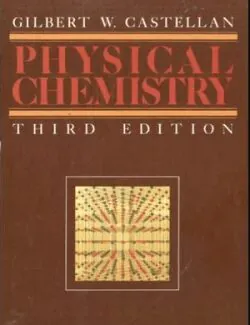
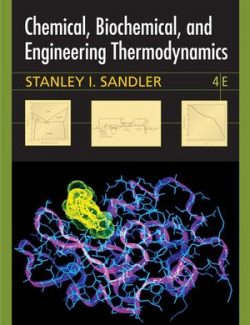
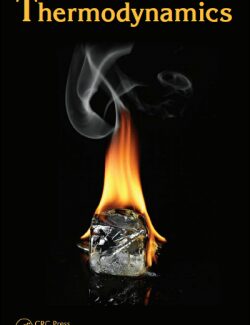
Leave us a comment
No Comments